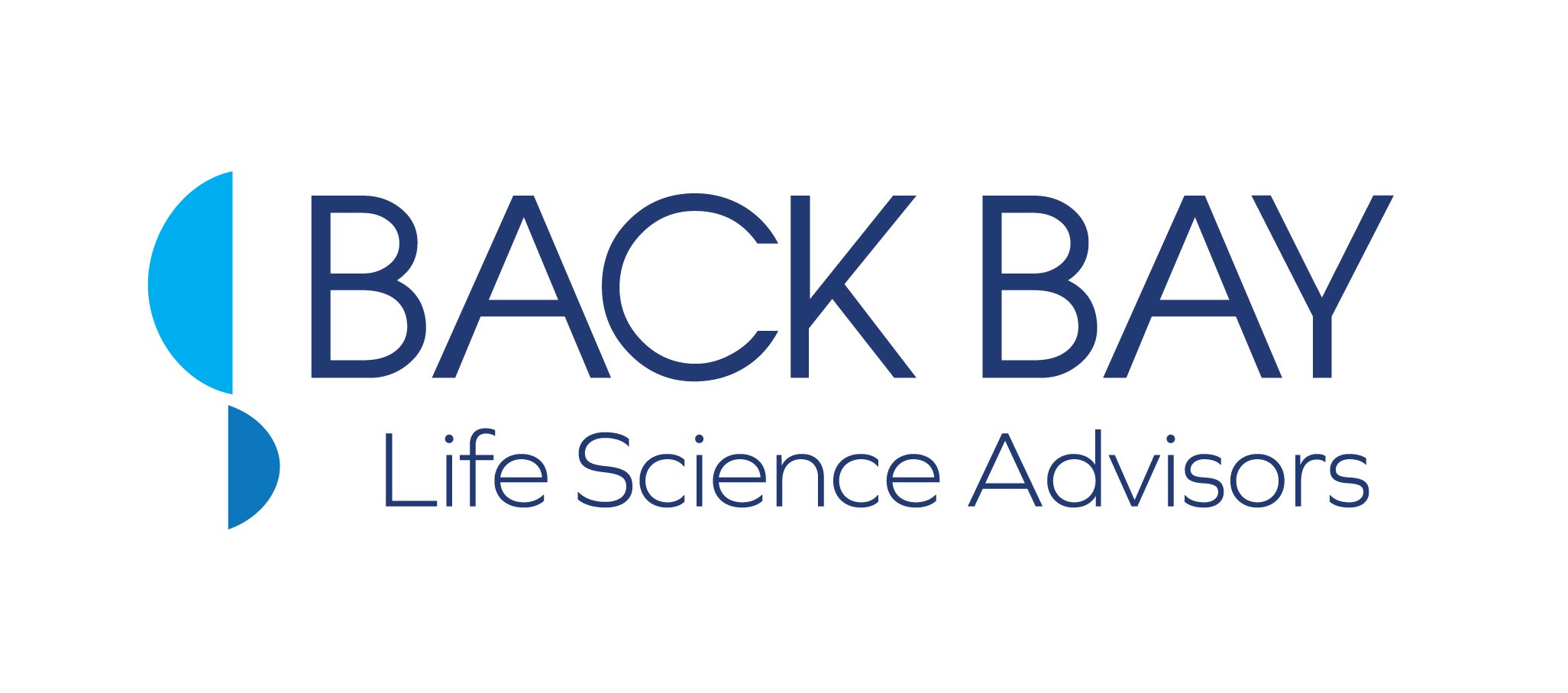FDA Releases Revised Draft Guidance for Rare Diseases
By Jane R. Clark, MD, physician writer in residence, Back Bay Life Science Advisors
This month, the FDA released Rare Diseases: Common Issues in Drug Development Guidance for Industry, which replaces the same 2015 document and includes ten sections with discussions ranging from scientific considerations in natural history and nonclinical studies, pathophysiology including biomarker use, effectiveness, safety, and pharmaceutical quality, to outreach considerations in participation of patients, caregivers, and advocates and industry interactions with the FDA.FDA Commissioner Scott Gottlieb commented, “The FDA is committed to supporting the development of treatments for patients with rare diseases and has been focused on advancing policies that will help enable these opportunities. We know that developing a drug or biologic for a rare disease can be especially challenging, which is why it’s important that the FDA continues to provide clear information to drug developers so that they can plan modern, efficient drug development programs that will be successful.”Only one year into his job and overseeing the FDA during the government shutdown without an FY19 appropriation, he clarified that this January document produced for products covered by a user fee program, in this case, those for treating rare diseases, was made possible through carryover fees from 2018.According to the FDA, guidances merely “represent FDA’s current thinking on a topic.” They are non-binding on the FDA and the public who use them and often contain words like “should,” rather than “would.” Alternative approaches are generally permitted if they follow regulations.
Draft Guidances, such as the one being discussed here, are issued for public comment 60 or more days before they are formalized. Draft Guidances always contain directions for submitting electronic and written comments, but this case, the FDA also plans to hold a public meeting to obtain its rare disease patient and caregiver perspectives. They hope to better understand daily life and maybe identify experiences shared across the spectrum of rare diseases which will help the agency and medical product developers both improve treatments and perhaps design better trials.Upon release of this new Draft Guidance, Commissioner Gottlieb also said, “We’ve revised this guidance to provide additional advice to innovators on how they can pursue more efficient, effective development programs. Many of the updates are in direct response to feedback that we received on our prior draft.”As an example of this process in action, during the comment period on the draft of the first Rare Disease Guidance for Industry in 2015, the Cystic Fibrosis Foundation requested that, among other things, the “guidance document recognize the diversity of rare diseases in terms of researchers' knowledge of the diseases' natural history, understanding of disease pathophysiology, and development of reliable endpoints, including surrogate endpoints.”They went on to say that the section entitled "Evidence of Effectiveness and Safety" should "address the challenges of designing and conducting drug trials with greater specificity for rare diseases as opposed to more general drug development guidance."The FDA’s press release for the 2019 new draft guidance was reassuring: "Among the revisions are updates to the natural history study section, inclusions of issues for evaluation and validation of biomarkers as surrogates endpoints, discussion of additional flexibility on the nonclinical aspects of the evaluation of novel drug compounds, the addition of a section describing the evaluation of safety questions and added information on changes to drug substance for drug product manufacturing processes with clarification on areas of additional flexibility."
Related Links:
Rare Diseases: Common Issues in Drug Development Guidance for IndustryA Rare-Disease Approach to Seizure TreatmentBack Bay Life Science Advisors Sponsors MassBio Rare Disease Day
